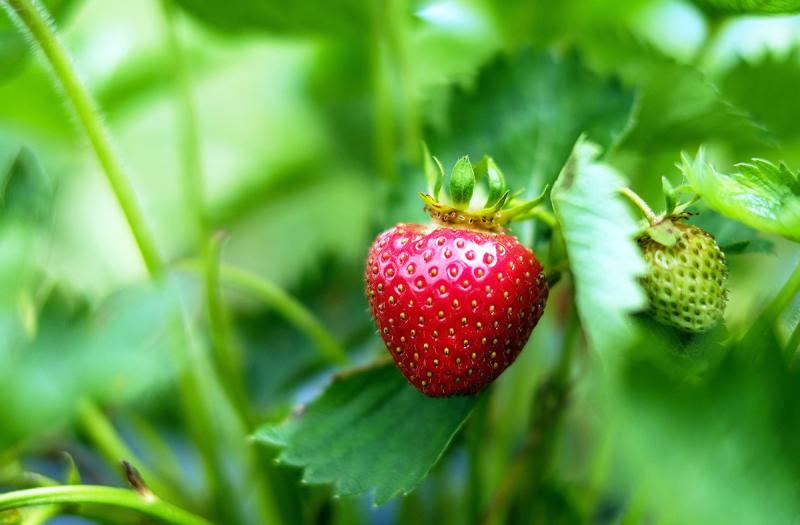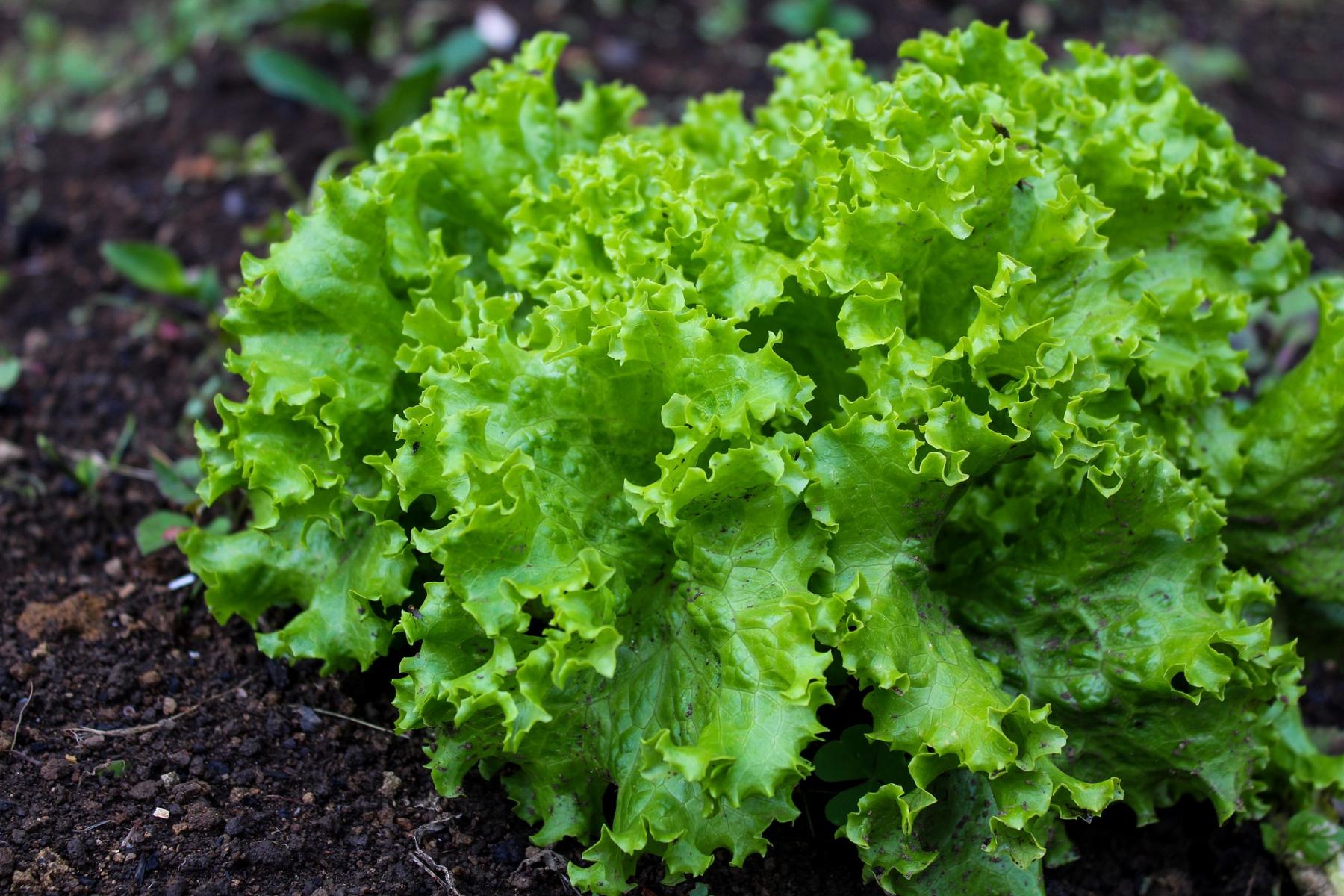
Even though this year’s flooding occurred in March before most garden crops were in the ground, there is still cause for concern when considering harvesting perennial crops and planning this year’s garden. Flood waters many be contaminated by any combination of sewage, river or creek water, farm run-off or industrial pollutants. Bacteria, parasites, viruses and chemical contaminants in the soil are concerns for this summer’s vegetable crops and food safety for your family
Food safety should be a serious consideration for everyone but is particularly important for those at greatest risk of food-borne illnesses, including young children, the elderly, pregnant women and those with compromised immune systems.
The good news is this year’s flooding occurred early enough so there are many weeks before most crops will be harvested. This gives gardeners time to still get some crops in the ground and harvested safely. Below are tips to help you determine what can be harvested and how to handle it to reduce food safety concerns.
 National Organic Program (NOP) Guidance
National Organic Program (NOP) Guidance
NOP outlines requirements for growers using fresh manure as a soil amendment and fertilizer to reduce potential contamination to food crops grown in that soil. It estimates a timeline for microbial die-off, if contamination did occur, to ensure food safety. Fresh manure is considered a greater contamination risk than flood waters, so similar guidelines are recommended for gardeners dealing with flooded land.
The first consideration is whether the edible portion of the crop will be in direct contact with the ground, such as leafy greens or onions. Then use the following timeline.
- Edible portion of crop NOT in direct contact with the soil – plan for a minimum of 90-days from the end of the flood before any produce is harvested.
- Edible portion of crop in direct contact with the soil – plan for a minimum of 120-days from the end of the flood before harvesting any produce
The next consideration is whether the produce will be eaten raw. Crops like potatoes, in which the tubers are in direct contact with the soil, are almost never eaten raw. Whatever cooking method is used kills off pathogens that might be present. So, potatoes could still be planted this spring and harvested from flooded ground.
On the other hand, spinach also grows in direct contact with the soil and is frequently eaten raw. For this reason, gardeners need to follow the 120-day flood-to-harvest recommendation when planning their planting and harvesting dates. Or plan a fall spinach crop from ground not affected by the flood.
 Harvesting & Handling Tips
Harvesting & Handling Tips
Here are additional tips and guidelines for perennial crops.
- What about perennial crops, like asparagus or rhubarb? Can they be safely harvested this year? Asparagus and rhubarb - no. Since the crowns of these plants were touched by flood waters and the edible plant parts are in direct contact with the soil they should not be harvested. Let the plants grow as normally this year and store up energy for a good harvest crops the following year.
- Strawberry and raspberry fruits should also follow the recommended waiting period. Any fruits in direct contact with the soil, which ripen before 120 days after the flood waters receded, should be picked and discarded. If fruits are not in direct contact with the soil, they can be harvested and eaten after the 90-day waiting period has passed.
- Can I harvest wild asparagus or morel mushrooms from areas that were flooded? No, harvesting from these areas is also not recommended. But it’s fine to harvest from upland areas that did not flood.
One final word - there isn't anything gardeners can do to treat the soil and eliminate pathogens. Adding lime or other soil amendments will not help. Following the recommended waiting period is the best way to ensure the safety of your food.
For more information on flooding and produce safety, visit Flooded Gardens and Crops from Cornell University.